Home>Interior Design>Organizing A Chest Freezer: 10 Ways To Store Frozen Food
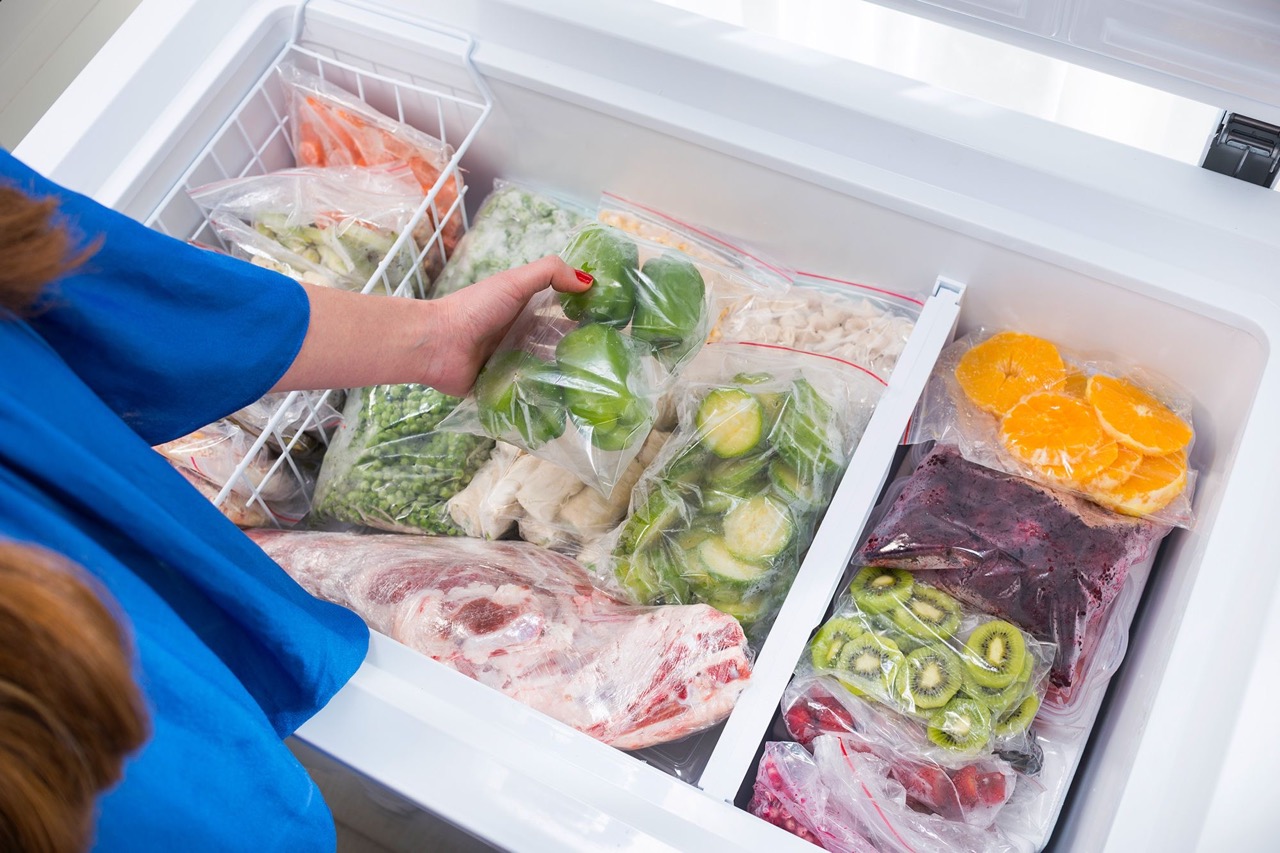

Interior Design
Organizing A Chest Freezer: 10 Ways To Store Frozen Food
Modified: January 6, 2024
Discover 10 interior-design tips for organizing your chest freezer and maximize your storage space for frozen food.
(Many of the links in this article redirect to a specific reviewed product. Your purchase of these products through affiliate links helps to generate commission for Storables.com, at no extra cost. Learn more)
Introduction
Welcome to the ultimate guide on organizing your chest freezer! If you’re tired of rummaging through piles of frozen food every time you open your freezer, then you’ve come to the right place. A well-organized freezer not only saves you time and frustration, but it also helps extend the shelf life of your frozen goods and prevents food waste.
Many of us have experienced the frustration of not being able to find what we need in our freezers. Frozen vegetables buried under bags of bread, ice cream hidden behind stacks of frozen meat – it can be a chaotic mess! But fear not, with a few simple tips and tricks, you can transform your freezer into an organized oasis.
So, roll up your sleeves and let’s get started on creating a clean and efficient system for storing your frozen food. From utilizing clear plastic bins to keeping a freezer inventory list, we’ve got you covered with these 10 ways to organize your chest freezer.
Key Takeaways:
- Clear plastic bins and stackable freezer baskets are essential for organizing a chest freezer. They not only maximize space but also maintain the quality of frozen food, making it easy to find and access items.
- Labeling, grouping similar items, and implementing a first-in-first-out system are key strategies for maintaining an organized chest freezer. These methods help prevent food waste, save time, and ensure efficient meal planning.
Read more: How To Store Frozen Fruit In Freezer
Utilize Clear Plastic Bins
One of the easiest and most effective ways to organize your chest freezer is by using clear plastic bins. These bins allow you to categorize and group similar items together, making it easier to find what you need without having to dig through piles of frozen goods.
Start by measuring the dimensions of your freezer and purchasing bins that will fit comfortably inside. Opt for transparent bins, as they allow you to see the contents at a glance. You can find a variety of shapes and sizes to suit your needs.
Once you have your bins, begin sorting your frozen food items into different categories. For example, you can have separate bins for meats, vegetables, fruits, and desserts. Label each bin accordingly to ensure easy identification.
Not only do clear plastic bins keep your freezer organized, but they also help maintain the quality of your frozen food. By containing items in individual bins, you reduce the risk of contamination and prevent cross-contamination between different types of foods.
When it comes to storing smaller items, like bags of frozen berries or single-serving portions, consider using smaller plastic bins or dividers within larger bins. This helps to further categorize and separate items, making them easily accessible.
By utilizing clear plastic bins in your chest freezer, you’ll not only keep everything in order but also save time and energy when searching for specific items. Gone are the days of rummaging through your freezer in frustration. With this organization system in place, you’ll be able to grab what you need quickly and efficiently.
Use Stackable Freezer Baskets
Stackable freezer baskets are a game-changer when it comes to maximizing storage space in your chest freezer. These baskets are designed to fit snugly on top of one another, allowing you to create multiple layers of storage without taking up additional floor space.
When choosing stackable freezer baskets, opt for ones that are made from durable and food-safe materials like plastic or wire mesh. Ensure that the baskets have handles for easy lifting and maneuvering.
To start using stackable freezer baskets, remove all the contents from your freezer and assess the space you have available. Group similar items together, such as meats, frozen vegetables, or ice cream, to determine how many baskets you need and how to distribute them.
Place the heaviest and most frequently used items at the bottom of the stackable baskets to provide stability. For example, store large bags of frozen meat or containers of soup at the bottom, and lighter items like frozen fruits or pre-packaged meals on top.
Remember to label each basket with its specific contents to make it easy to locate items without having to open every basket. This not only saves time but also helps maintain the organization over time.
Stackable freezer baskets are great for preventing items from getting buried at the bottom of your freezer. You can simply pull out a basket to access what you need, without the frustration of having to dig through layers of frozen products.
These baskets are also beneficial for maintaining the proper airflow within your freezer. The open mesh design allows cold air to circulate around the food, ensuring that everything remains evenly frozen and prevents any freezer burn.
By utilizing stackable freezer baskets, you’ll not only maximize the storage space in your chest freezer but also keep your frozen items easily accessible and well-organized. Say goodbye to a jumble of frozen goods and hello to a neat and efficient freezer system.
Invest in Freezer Organization Containers
If you’re serious about keeping your chest freezer organized, investing in freezer organization containers is a wise choice. These containers are specifically designed for freezer use and come in various shapes and sizes to suit different types of food items.
When selecting freezer organization containers, look for ones that are made from BPA-free, food-grade plastic to ensure the safety of your frozen food. Consider containers with airtight seals to prevent freezer burn and maintain the freshness of your food.
Start by assessing the types of food items you typically store in your freezer. You may need containers with compartments for separating different foods or large containers for storing bulk items like casseroles or soups.
Freezer organization containers are perfect for storing leftovers, meal prepped dishes, and even homemade sauces or soups. They provide a secure and organized way to store these items, making it easy to grab a meal when you’re in a hurry.
Label each container with the contents and date of storage to ensure you use them within a reasonable time frame and prevent any wastage. This also allows you to implement a first-in, first-out system, ensuring you use the oldest food items first.
Using freezer containers not only keeps your freezer organized but also saves space. By transferring items from bulky packaging to stackable and uniform containers, you can fit more in your freezer and maximize its capacity.
One of the major advantages of freezer organization containers is their ability to protect your food from freezer burn. The airtight seals prevent air from coming into contact with your food, which helps maintain its quality and texture for longer periods.
Investing in freezer organization containers is a smart move for anyone looking to maintain an organized and efficient chest freezer. Not only will you save space, but you’ll also extend the shelf life of your frozen food and minimize waste.
Label Everything
Labeling is a crucial step in maintaining an organized chest freezer. Clear and visible labels make it easy to identify the contents of each container or bin without having to open them. This not only saves time but also maintains the overall organization of your freezer system.
There are several ways you can label your freezer items. You can use adhesive labels, freezer-safe tape, or even a label maker to create neat and professional-looking labels. Choose a labeling method that works best for you and is compatible with the containers or bins you’re using.
When labeling, be as specific as possible. Include the name of the food item, the date of storage, and any additional details that may be helpful. For example, if you have multiple containers of soup, label each one with the type of soup and its ingredients.
Consider using color-coded labels for different categories of food. For instance, use blue labels for meats, green labels for vegetables, and red labels for desserts. This adds an extra level of visual organization and makes it even easier to locate specific items.
In addition to labeling containers, don’t forget to label the shelves or compartments in your freezer. This provides a clear guide on where each category of items should be placed, ensuring that everything stays in its designated spot.
Regularly check your labels and update them when necessary. As items are used or new ones are added, make sure to adjust the labels accordingly. This helps to maintain accuracy and prevents confusion about what’s inside each container.
Labeling is not only essential for staying organized, but it also helps in preventing food waste. By clearly labeling and dating items, you can easily keep track of how long they’ve been in the freezer. This allows you to use older items first, reducing the risk of food spoilage.
So grab your labels and get ready to bring order to your chest freezer. With clear and visible labeling, you’ll always know what’s inside each container or bin, ensuring a hassle-free and efficient freezer experience.
Read more: How To Store Frozen Fruit
Group Similar Items Together
Grouping similar items together is a key strategy for maintaining an organized chest freezer. By organizing your frozen food into categories, you can easily locate specific items and avoid the hassle of searching through your freezer.
Start by taking inventory of the food items in your freezer. Identify common categories such as meats, vegetables, fruits, or pre-packaged meals. This will give you a clear idea of how to group and allocate space for each category.
Allocate specific shelves, sections, or bins for each category. For example, reserve one shelf for meats, another for vegetables, and a separate bin for frozen desserts. This will provide a designated home for each type of frozen food item and make it easier to find what you need.
When grouping similar items together, consider the frequency of use as well. Place frequently used items within easy reach, while less frequently used items can be stored in the back or bottom of the freezer.
Grouping similar items also helps to prevent cross-contamination. For example, keeping raw meats separate from other frozen items reduces the risk of spreading bacteria. Use separate containers or bags to store different categories of food to maintain optimal food safety.
When organizing, remember to leave some space between the groups of items. This allows for better air circulation within the freezer, ensuring that everything freezes evenly and prevents the formation of ice crystals.
Another tip for grouping similar items is to consider size and shape. Stack flat items like frozen pizzas or sandwich bread together, while smaller items like bags of frozen berries or dumplings can be stored in a labeled container or basket.
By grouping similar items together, you’ll create a systematic and efficient chest freezer organization system. No more fumbling through stacks of frozen food – you’ll know exactly where to find what you’re looking for, saving you time and frustration.
Use clear plastic bins to group similar items together in your chest freezer. This makes it easier to find what you need and prevents items from getting lost at the bottom.
Take Advantage of Door Storage
When organizing your chest freezer, don’t overlook the valuable storage space on the inside of the door. This often underutilized area is perfect for storing smaller items and frequently used condiments or sauces.
Take a look at the door compartments of your freezer and assess their size and functionality. Some freezers come with built-in shelves or pockets, while others may have adjustable racks or brackets.
Utilize the door storage for items like ice packs, small bags of frozen vegetables, or even frozen juice concentrates. These items are often smaller in size and can easily get lost in the main storage area. By placing them in the door compartments, you’ll have quick and easy access whenever you need them.
Consider using small bins or containers to group similar items together on the door. This helps to keep everything organized and prevents items from falling out or getting disorganized when the freezer door is opened and closed.
Remember to periodically check the door compartments to ensure that items are still in good condition and haven’t expired. As with any storage area, regular maintenance is essential to prevent the buildup of expired or forgotten items.
Keep in mind that the door storage area tends to experience slightly higher temperatures than the main storage area of the freezer. Therefore, it’s best to avoid placing highly perishable items or items that require longer storage periods in the door compartments.
By taking advantage of door storage, you’ll maximize the available space in your chest freezer and keep frequently used items within easy reach. Say goodbye to digging through piles of frozen goods and hello to a well-organized freezer door.
Utilize Dividers for Shelves
When it comes to organizing your chest freezer, using dividers for shelves can be a game-changer. Dividers help create separate sections within each shelf, making it easier to keep different types of frozen items organized and preventing them from mixing together.
Before purchasing dividers, measure the height and depth of your freezer shelves to ensure a proper fit. You can find dividers made from various materials such as plastic, wire, or even acrylic.
Dividers are particularly useful for separating different categories of food such as vegetables, meats, or frozen entrees. By creating dedicated sections, you’ll be able to easily locate the items you need without searching through a jumbled mess.
Arrange the dividers according to your specific needs. For example, you can have a section for frozen fruits, another for frozen vegetables, and a separate section for frozen meats. Adjust the dividers as needed to accommodate different sizes and quantities of items.
Using dividers can also help to optimize the available space in your freezer. By keeping items organized and neatly arranged in separate sections, you’ll be able to maximize the storage capacity and ensure that every inch is utilized efficiently.
Dividers not only keep your freezer organized but also help maintain the quality of your frozen food. By preventing items from shifting or getting crushed, dividers help to preserve the integrity of the packaging and protect against freezer burn.
Consider using color-coded dividers to further enhance your organization system. Assign a specific color to each category of food, such as green for vegetables, blue for meats, and red for desserts. This visual cue makes it even easier to quickly identify and locate specific items.
With the use of dividers, you’ll be able to create designated sections within your freezer shelves, keeping everything in order and easily accessible. No more digging through a disorganized mess – dividers will transform your freezer into a well-arranged and efficient storage space.
Freeze in Individual Servings
When it comes to organizing your chest freezer, freezing items in individual servings is a game-changing strategy. This not only helps with portion control but also makes it much easier to grab a quick meal or snack without having to defrost an entire package.
Start by portioning out your food items into individual servings before freezing. This can include dividing larger packages of meat into smaller portions, portioning out soups or stews into single-serving containers, or even separating fruits into small zipper bags.
When portioning, consider how much you would typically use in one sitting. For example, if you usually consume one chicken breast at a time, freeze each piece separately. This way, you only need to thaw what you’ll be using, reducing waste and ensuring freshness.
Label each individual serving with the contents and the date of freezing. This will help you keep track of what you have on hand and ensure that older items are used before newer ones. It’s also helpful to include cooking instructions or additional notes if needed.
Using freezer-safe containers or bags, place the individual servings in a compact manner for optimal space utilization. You can also stack the servings vertically to save even more space and create a visually organized freezer.
By freezing in individual servings, you’re not only saving time but also reducing food waste. Instead of defrosting an entire package of food and risking not using it all, you can easily thaw only what you need for a specific meal or snack.
This method is especially useful for busy individuals or families. It allows for quick meal preparation, as you can easily grab a pre-portioned serving and heat it up without any hassle. It’s also convenient for packed lunches or on-the-go meals.
Whether you’re freezing individual portions of meats, soups, or fruits, this strategy will make your life much easier when it comes to meal planning and food preparation. Say goodbye to defrosting large quantities and hello to the simplicity of freezing in individual servings.
Read more: How To Store Frozen Bananas
Implement a First-In-First-Out System
An essential aspect of organizing your chest freezer is implementing a first-in-first-out (FIFO) system. This system ensures that older items are used before newer ones, reducing food waste and maintaining the quality of your frozen goods.
When new items are added to your freezer, make a habit of placing them at the back of the freezer or in a designated area. This way, when you need to retrieve an item, you automatically reach for the older ones that are already at the front.
Label each item with the date of freezing to easily identify its age. This helps you keep track of how long items have been stored and prioritize them accordingly when planning your meals.
When retrieving items, always take from the front or the oldest section of your freezer. By rotating your stock in this manner, you ensure that items are used before they reach their expiration dates.
If you have similar items stored together, such as multiple bags of frozen vegetables or different cuts of meat, organize them in a way that allows for easy access to the older items. This may involve arranging items vertically or using dividers to separate different batches.
Regularly assess the contents of your freezer to identify items that need to be used up. Plan your meals based on the older items, incorporating them into your weekly menu. This practice not only reduces waste but also adds variety to your meals.
Implementing a FIFO system not only helps prevent the accumulation of forgotten or expired items but also saves you money. By using items in the order they were purchased, you ensure that nothing goes to waste and maximize the value of your grocery purchases.
Remember to periodically clean out your freezer to remove any expired or freezer-burned items. This ensures that you’re working with a clean and efficient freezer space.
By implementing a first-in-first-out system, you’ll maintain an organized freezer and significantly reduce food waste. It’s a simple and effective way to ensure that your frozen items are used in a timely manner while keeping your freezer well-organized.
Keep a Freezer Inventory List
A freezer inventory list is a powerful tool in keeping your chest freezer organized and efficient. It helps you keep track of the items you have stored, their quantities, and their expiration dates. By maintaining an updated inventory list, you can easily plan meals, avoid waste, and ensure that everything is easily accessible.
Start by creating a simple spreadsheet or use a dedicated freezer organization app to keep track of your inventory. Include columns for the item name, quantity, date of freezing, and expiration date.
As you add items to your freezer, update your inventory list accordingly. Be detailed and specific, especially for items that can easily be mistaken for another. For example, if you have multiple types of meat, include the specific cut or variety.
When retrieving items from the freezer, mark them off your inventory list. This ensures that you’re aware of what you have and helps you plan meals accordingly. It also enables you to see at a glance what items need to be used up sooner.
Periodically review your freezer inventory list to identify items that are approaching their expiration dates. Plan your meals around these items, ensuring that everything is used in a timely manner and reducing the chance of food waste.
Consider organizing your inventory list by category or shelf location. This makes it even easier to locate specific items when you need them. You can group items together, such as meats, vegetables, or desserts, to create a more streamlined organization system.
Having a freezer inventory list provides an excellent reference when grocery shopping. Before heading to the store, check your list to see what items you need to replenish or what ingredients you can use from your freezer. This prevents unnecessary purchases and helps you save money.
Keep a printed copy of your freezer inventory list near your chest freezer or store it in a digital format accessible on your phone or computer. This way, you can easily reference it and update it as needed.
A freezer inventory list is a valuable tool in maintaining an organized chest freezer and reducing food waste. By knowing what you have and planning your meals accordingly, you’ll save time, money, and energy in the long run.
Frequently Asked Questions about Organizing A Chest Freezer: 10 Ways To Store Frozen Food
Was this page helpful?
At Storables.com, we guarantee accurate and reliable information. Our content, validated by Expert Board Contributors, is crafted following stringent Editorial Policies. We're committed to providing you with well-researched, expert-backed insights for all your informational needs.


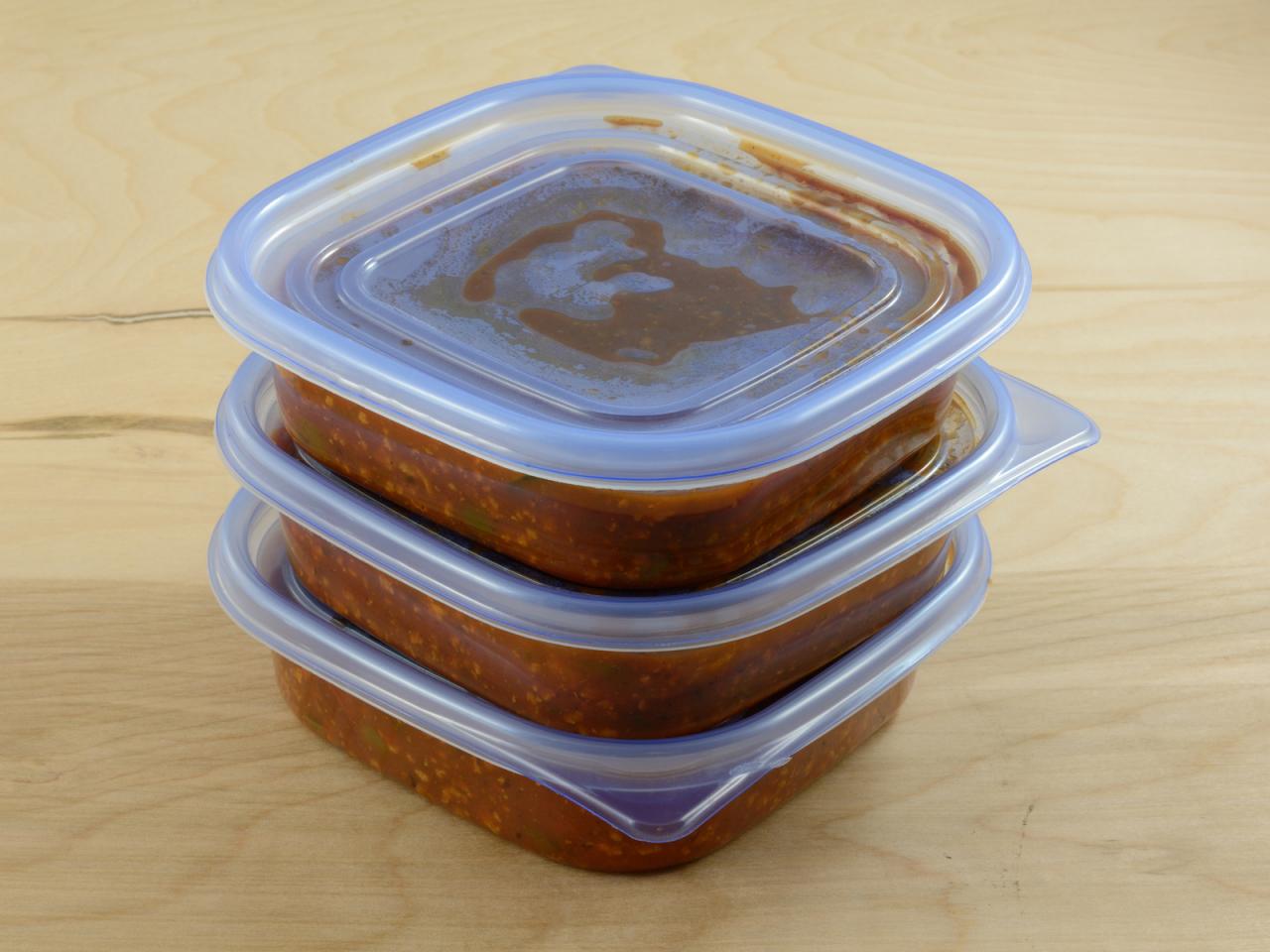
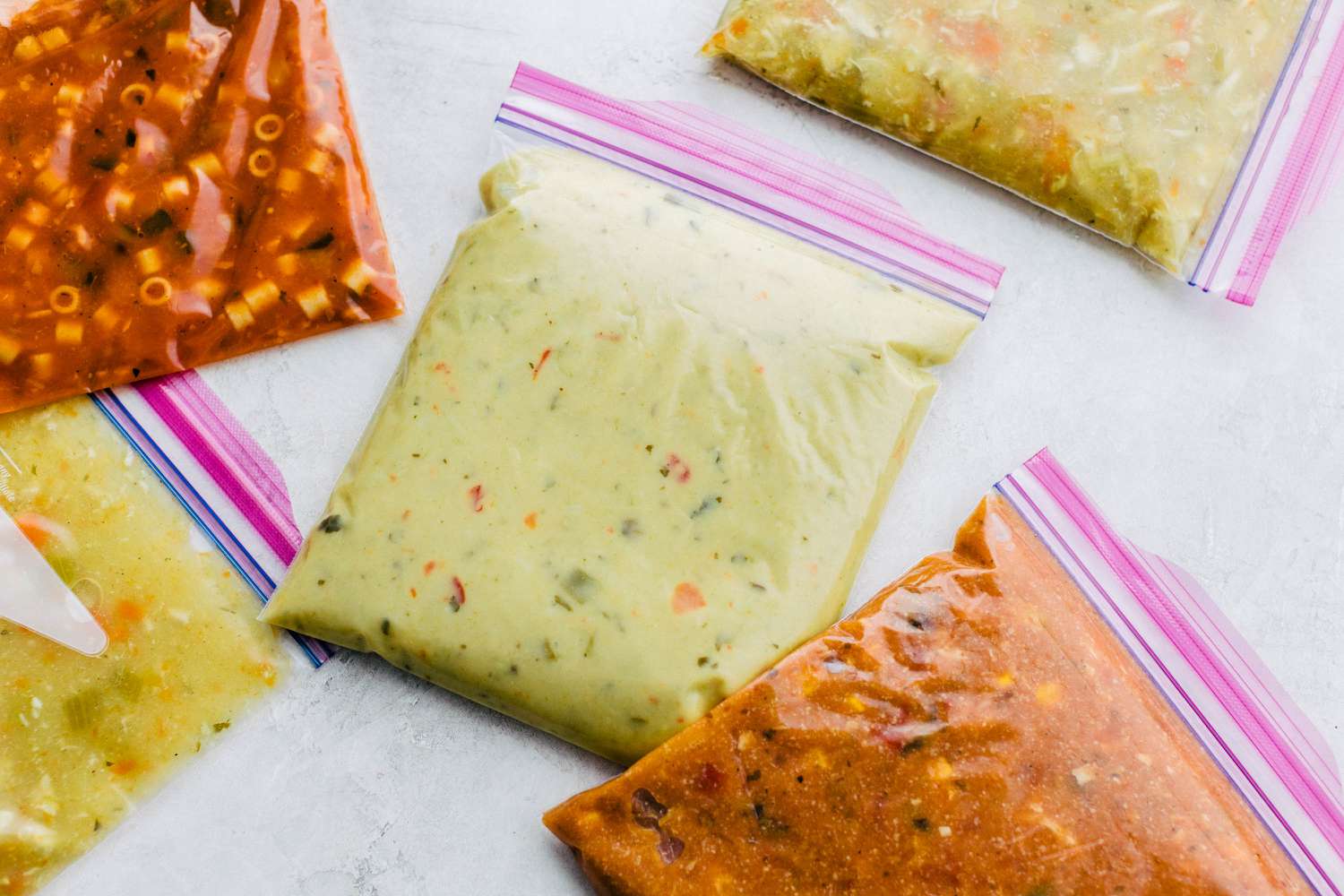
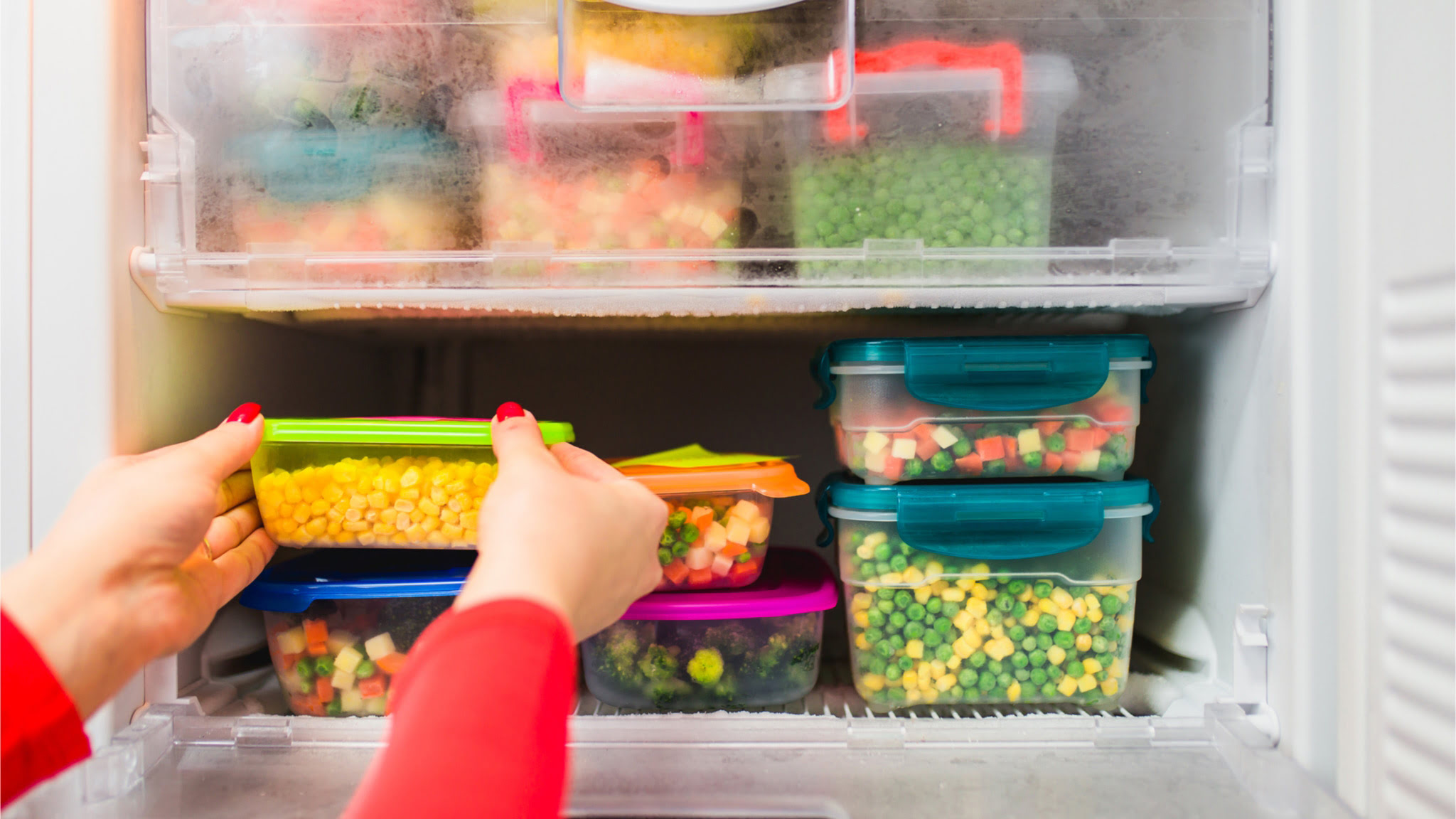
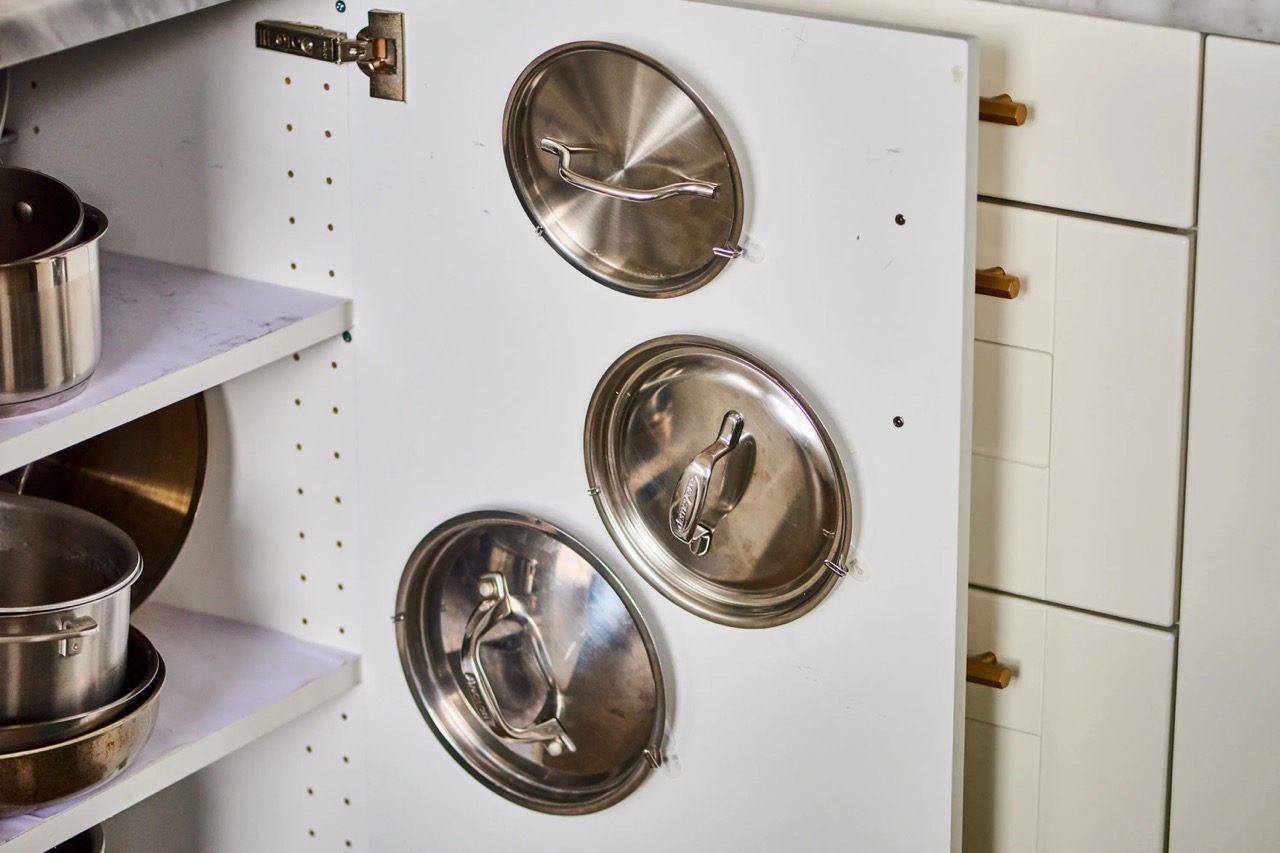
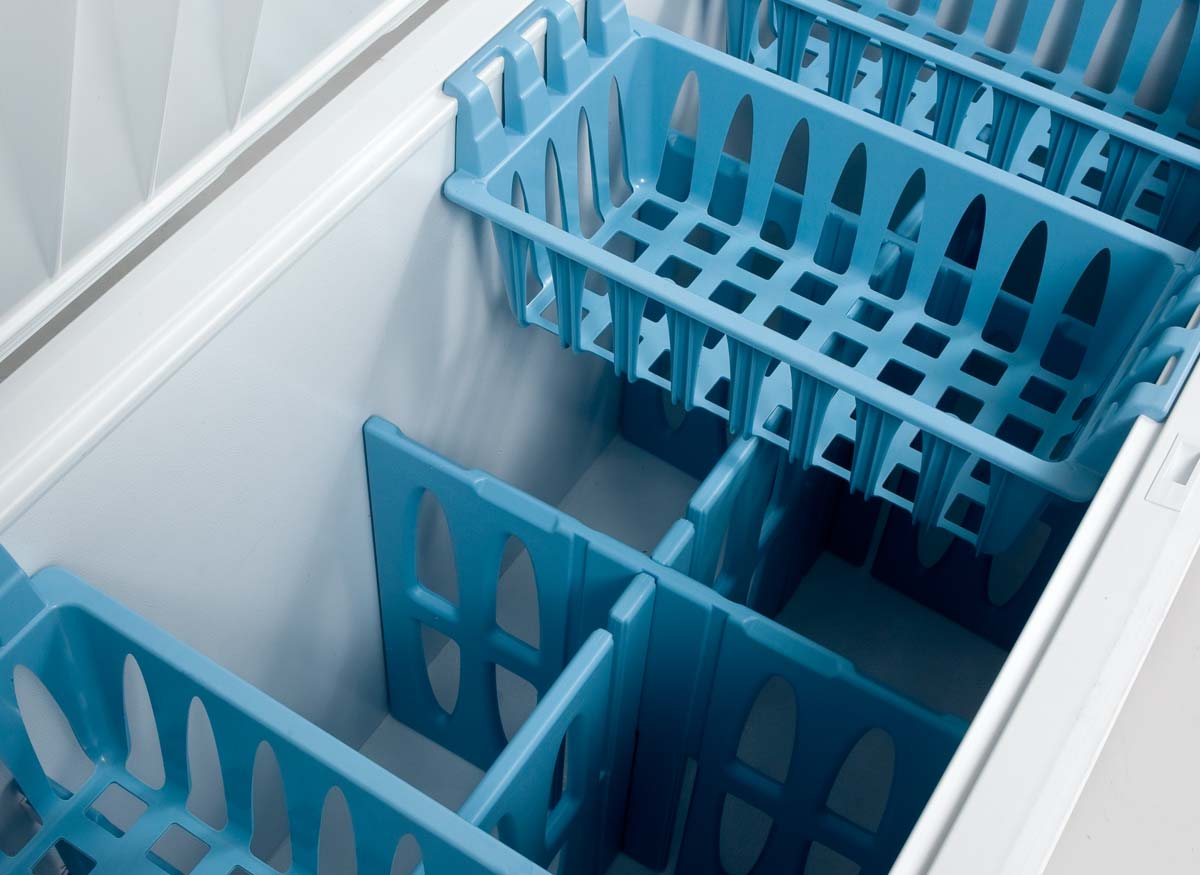
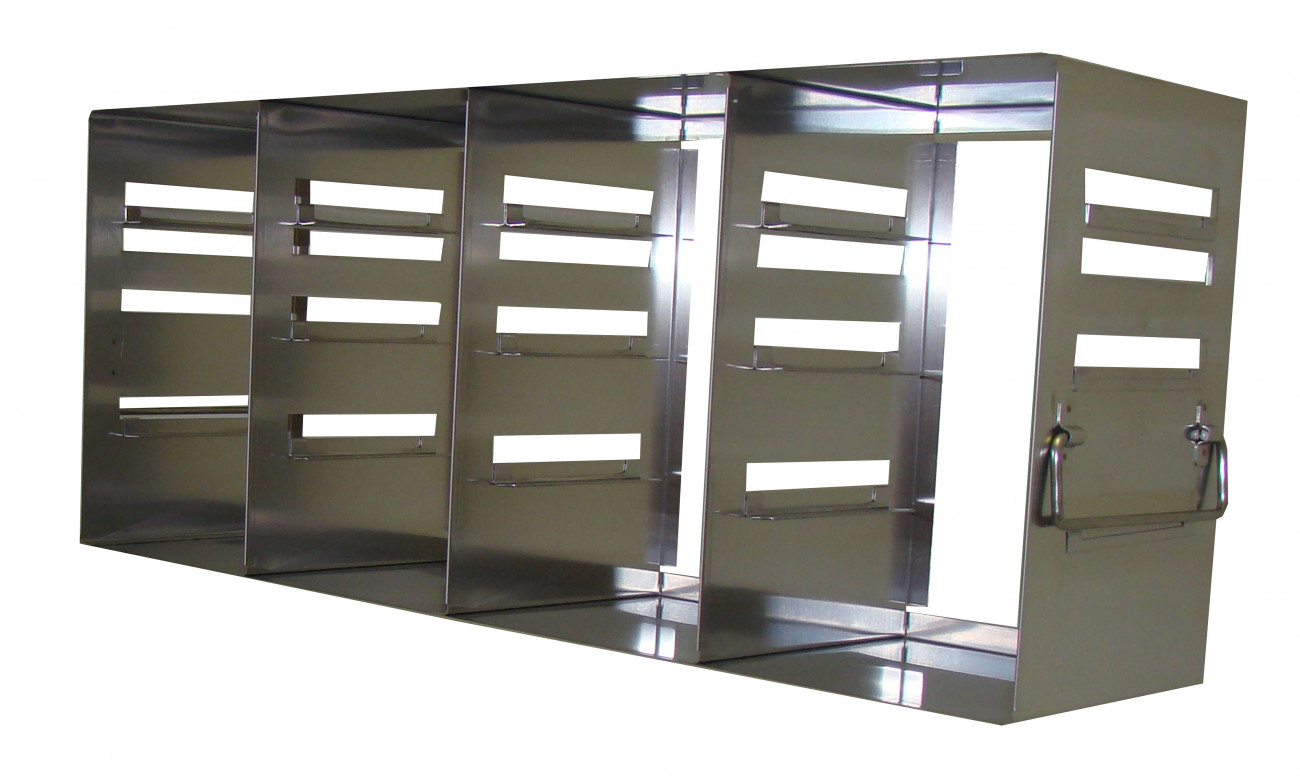


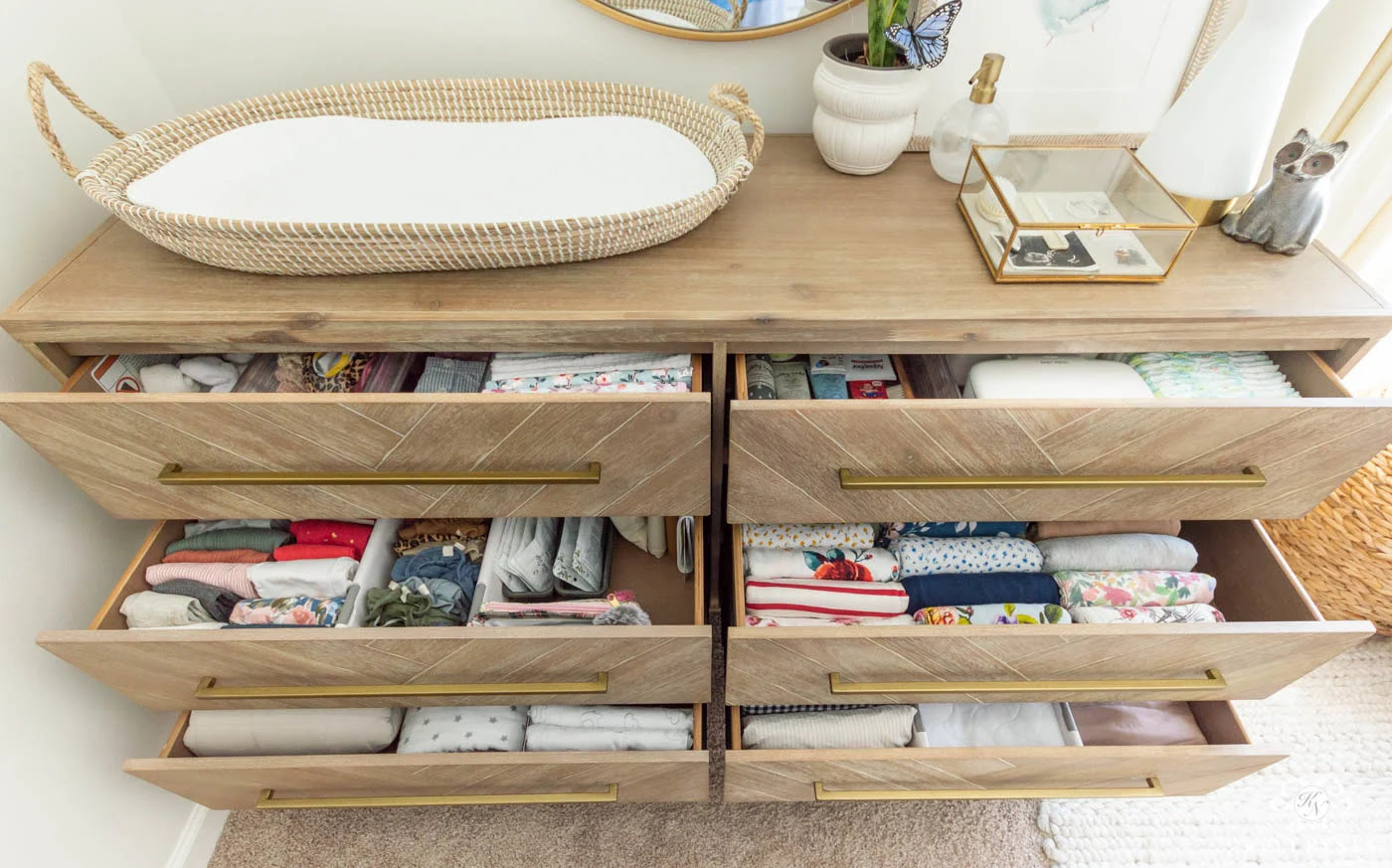
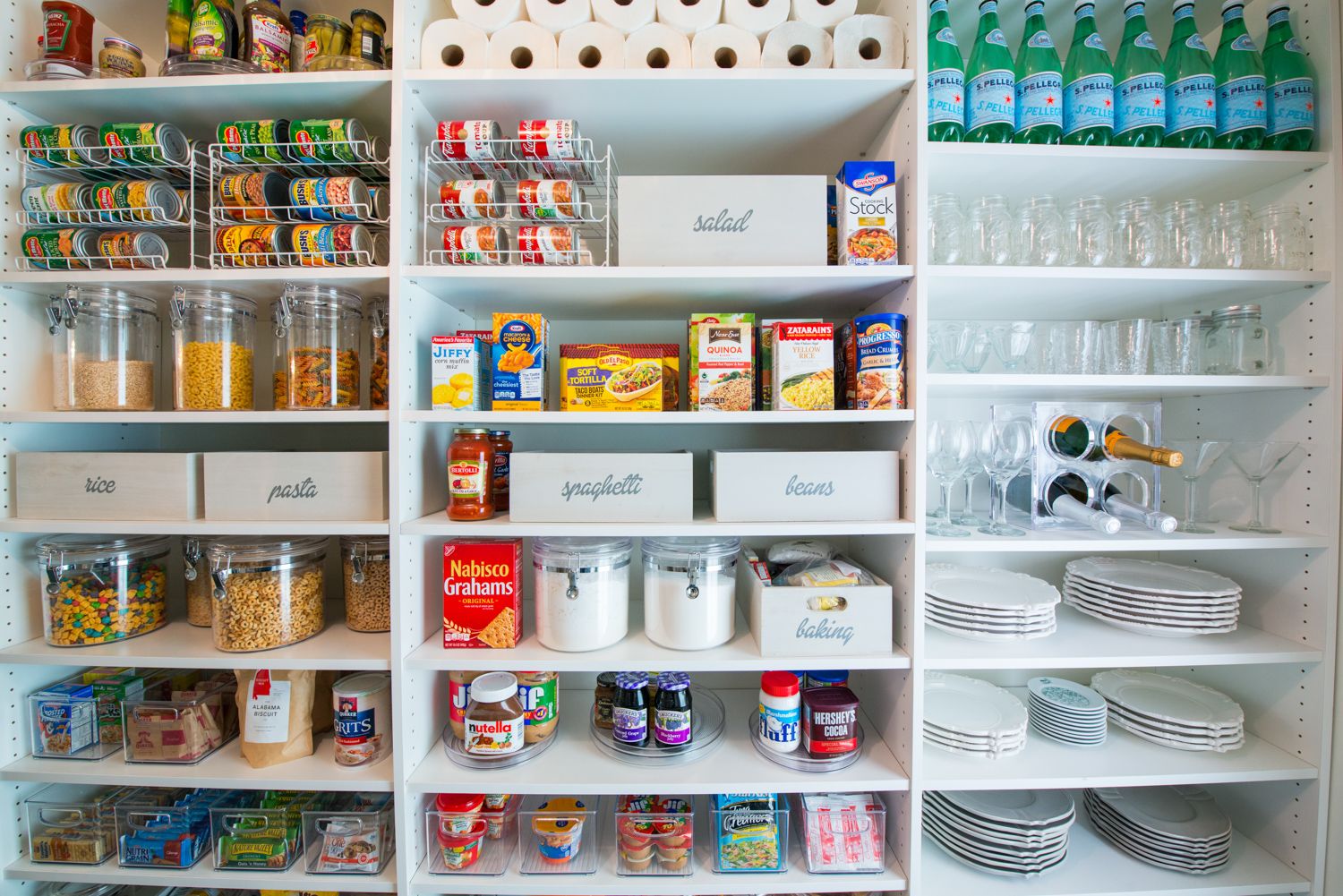
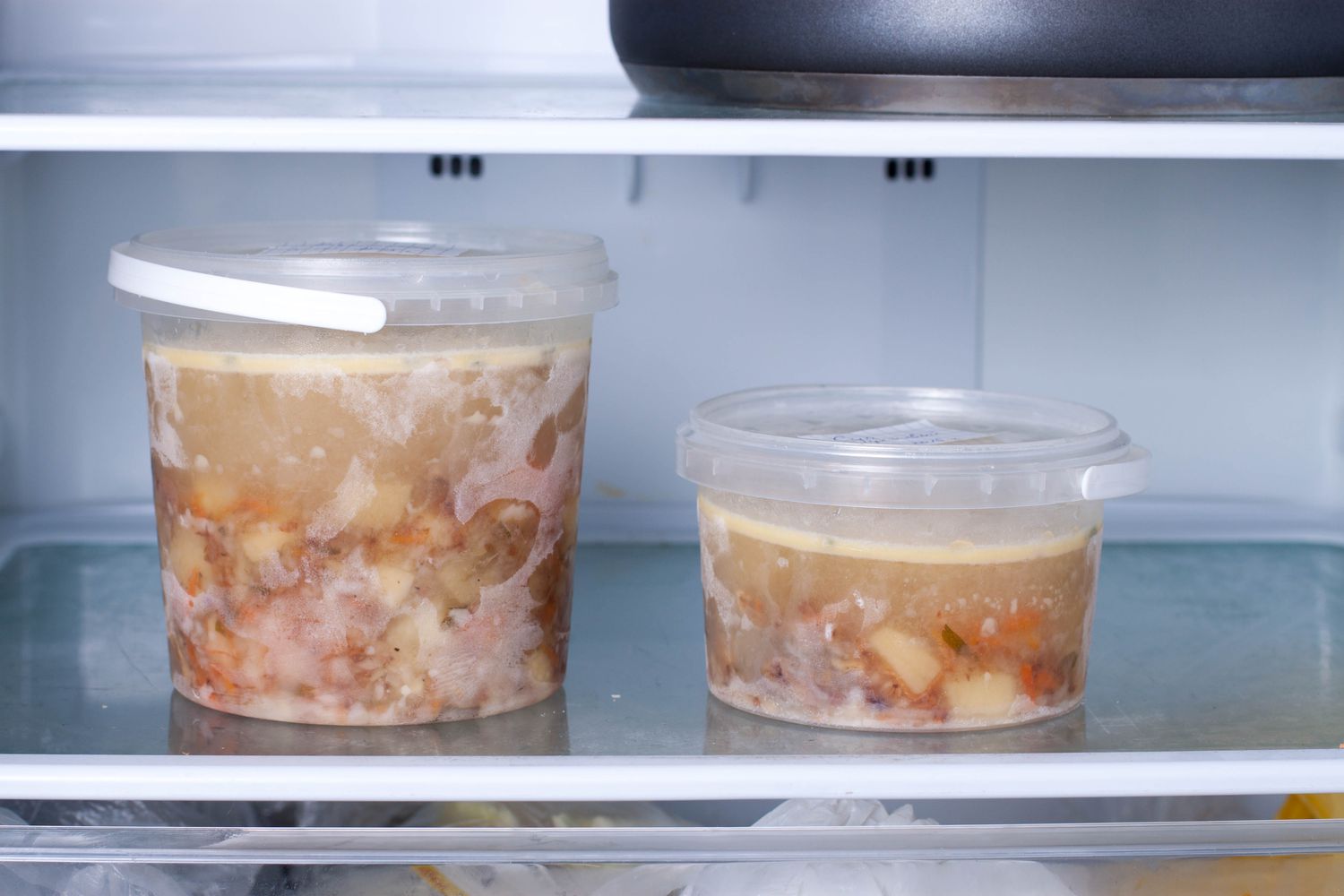

0 thoughts on “Organizing A Chest Freezer: 10 Ways To Store Frozen Food”